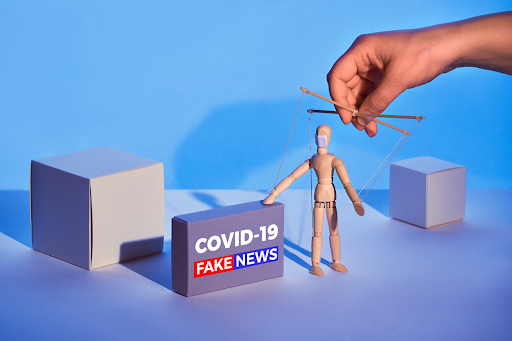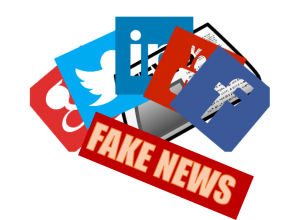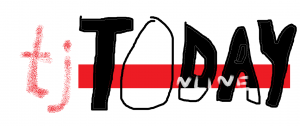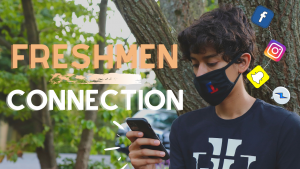COVID Conspiracies

Image courtesy of Getty Images/iStockphoto
As the COVID-19 pandemic continues to be a problem for many people, so has the rampant circulation of disinformation.
January 29, 2021
If there is one thing that drastically shifted the ever-broadening, ever-changing landscape of social media, it was the COVID-19 pandemic. From the increased reliance on social media for communication to an increase in its role in e-commerce, the pandemic has more than left its mark on social media. But of all those impacts, one clearly stands out over the rest. As people are staying at home and forced to communicate with the outside world through their devices, certain people took advantage of the lax rules in place to spread disinformation. While it increased the spread of false information, the COVID-19 pandemic served as a wake up call for social media companies to get their act together and fight off the droves of fake news flowing through their apps.
Before COVID-19, people could get away with a lot more content posted on their social platforms. Barring things like violence or clearly harmful posts, not much was taken down from these social media sites. People were free to bend information and twist data as they pleased, and this existed far before the pandemic hit.
Keeping that in mind, it really isn’t surprising that disinformation grew exponentially during the pandemic. The COVID-19 pandemic, as well as the looming presidential election, gave spreaders of disinformation fresh, intriguing sources to launch new fabrication campaigns on. Not only that, but the fact that people stayed home and grew ever more social on social media led to the faster spread of information through personal circles, and disinformation was no exception. A combination of these two events contributed to disinformation reaching new highs (or lows) during 2020.
Even after the pandemic started, the initial reaction to the growth of disinformation from social media sites was kind of muted. In June of 2020, the BBC reported that out of 649 posts on Facebook that were reported for containing blatant lies about COVID-19, about 90 percent remained visible without any warning. This held true for other samples of posts containing misinformation on different social media sites. Although companies took steps in the right direction, mostly in the form of warnings above or below problematic posts, the overall reaction to the influx of dishonesty started off sluggish.
Despite the slow start, social media companies started to step it up as the pandemic progressed. Guidelines for disinformation became a lot stricter, and more attention was put into quieting the falsehoods disseminating around social media sites. Many social media companies are taking reported posts a lot more seriously, and much work was put into developing better algorithms to sniff out deceit. There is definite room for improvement, but if there was one good thing that came out of COVID-19, it was the warning it gave to social media about the uninterrupted spread of false information.








